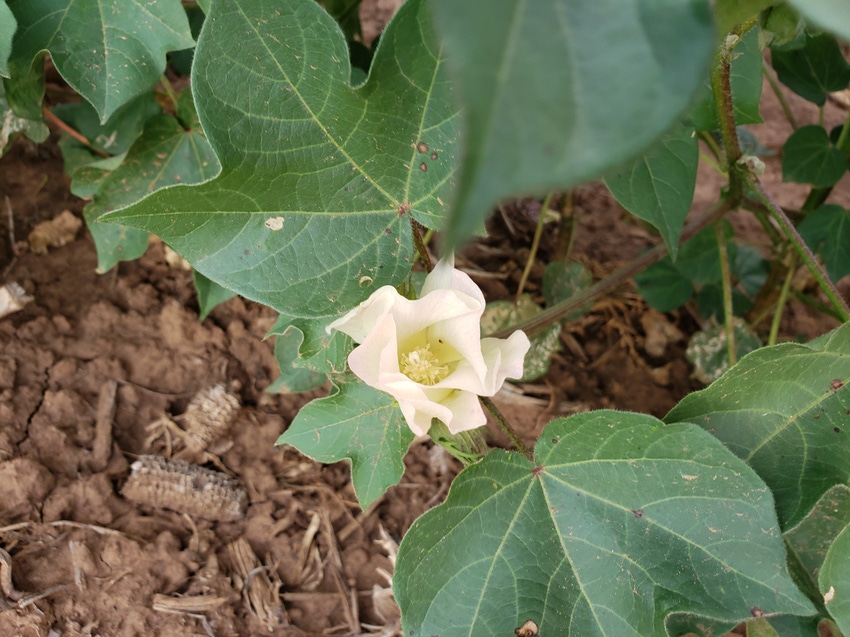
On the one hand, USDA's July revisions of 2018/19 world cotton supply continued a somewhat bearish projection of increasing U.S. ending stocks. The old crop adjustments showed a month-over-month 1.74 million-bale increase in world ending stocks. This change resulted from adjustments across a number of different countries. The bottom line of all this was a modest increase in world ending stocks, which would have mostly neutral implications for old crop world prices, but it does add more supply to the world new crop balance sheet.
The USDA’s July adjustments to the U.S. old crop cotton numbers saw a similar month-over-month cut in domestic use (-100,000 bales) and exports (-250,000 bales). These changes went straight to the bottom line of the U.S. old crop balance sheet. Both the monthly and year-over-year adjustment in ending stocks would be modestly bearish according to history and theory.
The July WASDE adjustments were more bearish for new crop. World ending stocks increase a little over 3 million bales, month-over-month, to 80.42 million bales. This largely resulted from increased Australian carry-in/out (600,000 bales), 1 million more bales of Chinese carry-in, and a half million fewer bales of Chinese domestic use. India saw 1.15 million more supply (+650,000 carry-in, 500,000 production), more spinning (+200,000 bales), and fewer exports 400,000 bales). The U.S. new crop balance sheet got heavier, also, with 350,000 more bales of carry-in, most of which went to the bottom line.
Focusing on U.S. new crop numbers, USDA is still applying historical averages to assume nine percent abandonment and 845-pound average U.S. yield, on a planted 13.72 million acres to produce a 22 million-bale crop. This implies a very healthy supply of 27 million bales. Even with a strong assumption of 17 million bales of U.S. exports, the ending stocks outcome is 6.7 million bales. This fair-sized increase implies price weakness. Let’s focus on the major caveats.
But, on the other hand… maybe there are fewer planted acres than USDA is currently reflecting. Maybe the March Prospective Plantings number was too low. But now we have to consider the June observations of planted and yet-to-be-planted. How much of the early June yet-to-be-planted didn’t get planted? This uncertainty won’t be resolved until August at the earliest when both we and the World Ag Outlook Board have FSA certified acres.
So, at present, we have an apparently improving crop of somewhat unknown size. The U.S. crop appears to be doing better, with roughly half of the U.S. and Texas crops rated “Good-Excellent,” and another quarter rated “Fair.” For what it’s worth, the Texas crop condition is tracking mostly closely with 2014-2016 crops. However, these weekly condition ratings don’t reliably explain differences in yield across years.
And, furthermore, because of the one to three weeks lateness of the crop, a lot is riding on the maturation/harvest period weather. With the switch from an El Nino conditions to a neutral/sub-La Nina forecast, the possibility is greater there for the necessary open, sunny, dry fall weather. Hopefully, there is enough subsoil moisture and timely rains to carry the U.S. crop through until then.
For additional thoughts on these and other cotton marketing topics, please visit my weekly on-line newsletter at http://agrilife.org/cottonmarketing/.
About the Author(s)
You May Also Like




